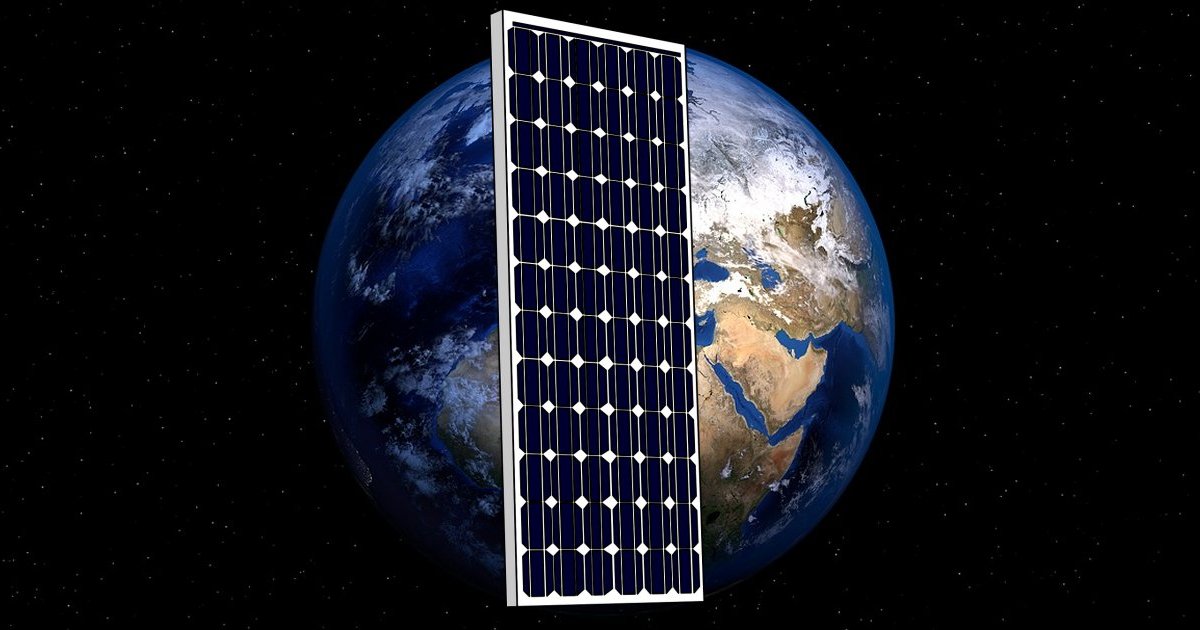A global assessment of the electricity generation potential of rooftop solar panels has arrived at some very interesting conclusions.
Researchers from University College Cork in Ireland, Imperial College London, Ahmedabad University in India and the USA’s Colombia University mapped 130 million km2 of the Earth’s land to identify 0.2 million km2 of rooftop area using a machine learning algorithm whipped up for the task.
Analysis of the rooftop area to determine the global electricity generation potential of rooftop panels found 27 petawatt-hours (PWh)1 per year can be generated – more than global annual energy (assumed to mean electricity) consumption in 20182.
The assessment found the following technical potential in various regions:
- Asia: 13 PWh per year
- North America: 5.5 PWh yr
- Europe: 3.6 PWh yr
- Africa: 2.9 PWh yr
- South America: 1.7 PWh yr
For Australia and New Zealand combined, the potential was 404 PWh annually. That seems incredibly high. In 2019, Australia generated an estimated 0.27 PWh (265,117 GWh) of electricity from all sources; renewables and fossil fuels.
Ifs, Buts And Maybes
The authors of the study note rooftop PV’s future potential depends on the development and cost of storage solutions for the generated energy.
There’s always a catch isn’t there? But solar batteries and other forms of energy storage will come down in price as scale and efficiency of production picks up and technology evolves. The way we use energy will also evolve to make better use of those golden hours of sunshine.
Among the assumptions made for the study were 100% rooftop availability at 10% panel efficiency.
But not every rooftop or every part of a rooftop is suitable for solar panels. For example, warehouses can offer huge rooftop areas, but they may have “slender roofs“, built to minimum specification and not able to bear the weight of a bunch of panels3. However, there are already solutions for this scenario such as Sunman Energy’s lightweight, stick-on eArc solar panels, and the Maxeon Air shouldn’t be far off.
On the flip side is the 10% panel efficiency used for the study. It’s been a very long time since the average solar panel was only 10% efficient. These days they start at around 18% for good quality solar panels, even at the budget end of the spectrum. You can check the module efficiency of a bunch of currently available modules in Australia using the SolarQuotes solar panel comparison table.
Even with all the ifs, buts and maybes, the researchers’ work provides a glimpse of the possibilities for rooftop PV.
If you’re interested in taking a deep dive into the study, the full report can be accessed here. No doubt there will be quite a few other controversial points, caveats and clarifications in it. But prepare a packed lunch before tackling it, because at around 10,000 words not including references it’s even longer than Ronald’s articles (and not as entertaining).
And speaking of entertaining, this recently released video takes a stab at figuring out how how many solar panels it would take to power the world and some of the challenges in making that happen.
Footnotes
- That’s 27,000,000,000,000 kilowatt-hours. ↩
- Global electricity demand in 2018 was more than 23 petawatt-hours according to the International Energy Agency. ↩
- On a related note, Australians building new homes should check their rooftops will be capable of hosting a large solar system. ↩


 RSS - Posts
RSS - Posts



When I did my training as a Solar Designer/Installer the people presenting the course who had over 10 years of experience in the solar industry made the statement to us trainees that the north of Australia had enough solar insolation to power the world. The opportunity exists to link northeast Qld to northwest Australia and down to Perth with a high voltage link enabling the connection of both solar and wind in enormous quantities. Some of this power could be used to make Hydrogen and convert our Iron Ore in West Australia to steel for the export market. China uses a lot of our ore. If we could sell them the steel produced it would remove the need to export our coal to them to process the ore. The coal companies wouldn’t like but the coal industry has a diminishing future. If they don’t know it by now they never will.